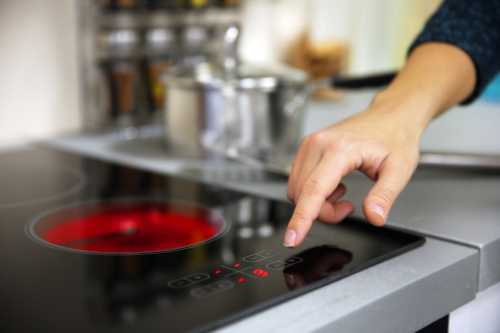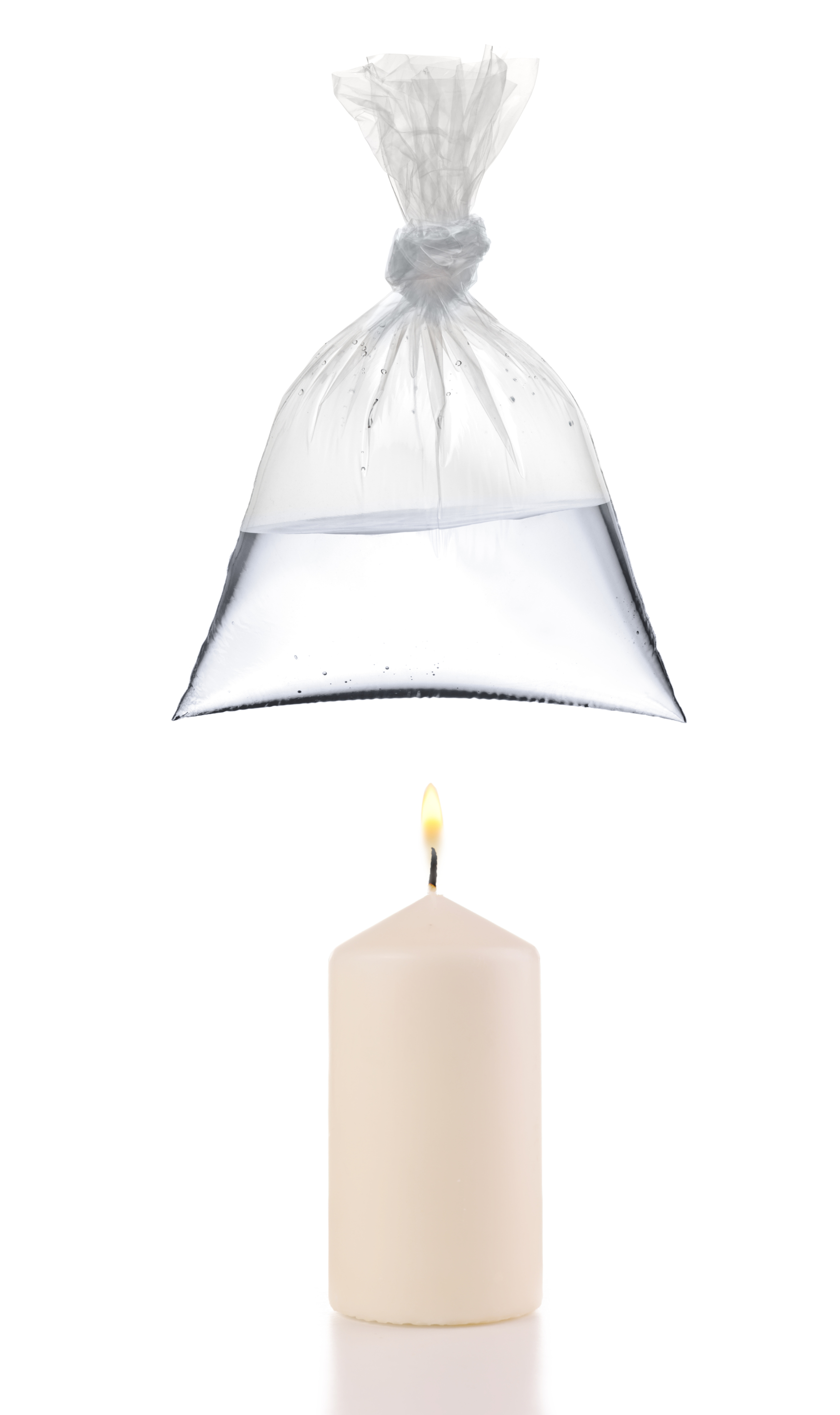Read Our Reviews!
HOW TO DISINFECT
“Disinfecting refers to using chemicals to kill germs on surfaces. This process does not necessarily clean dirty surfaces or remove germs, but by killing germs on a surface after cleaning, it can further lower the risk of spreading infection.” – CDC
Disinfection Key points
Some Quick Facts on Disinfection
Here are a couple of easy to understand examples that may help when training or explaining DISINFECTION TIME NEEDS to family or staff in terms and experiences they may be more familiar with.
EXAMPLE 1: FINGER TESTING A HOT PLATE

You have probably seen someone lick their finger and tap a stove hot plate to see if it is still on or hot. While not recommended, generally this can be done quickly and one can feel the heat.
Now hold your finger down on the surface for a second and you may blister, but you have not broken the skin. Hold it longer and the blister may rupture as one now begins to burn skin.
You benefited from the same type defense the virus has – the skin that surrounds and holds it together.
EXAMPLE 2: The Candle and Bag of Water – Why Spray-and-Wipe fails
Lets model our virus with a plastic bag full of water. The bag is the outer skin of the virus.
Now lets apply a single candle. We know the candle can melt the plastic exterior, however if we gently pass our virus-bag-of-water over the candle nothing happens. One pass, two passes, three passes. Nothing.
Now if we hold the bag over the handle in a few seconds we melt the bag and release the water.
In similar fashion a disinfectant requires residence time in contact with the candle.
Don’t rush disinfection – else – you could get infected.
The good news with corona virus like COVID19 once can remove effectively through cleaning, and if one cleans ones hands after cleaning you can defeat it again. Avoid touching once face from point of starting cleaning-and-disinfecting until you have completed task AND washed hands.

EXAMPLE 3: 1000 Fire Ants on Your Counter
Imagine you have 1000 fire ants on your counter. You apply a 99.9% effective ant poison (ant disinfectant) to the surface. 99.9% is an A+ in any school we have attended. In this case, it kills 990 of the 1000 ants. That means 10 remain.
Want to touch the counter?
Only takes one bite to feel pain.
Similarly, only takes 1 virus to get infected. Once infected that virus will inject its DNA into its host cell (for COVID-19 a lung cell) and begins to create a 1000 copies
Want to make a cheese-sandwich on that counter?
The bulk of the ants are dead, but there are still 990 carcuses plus ant poison.
Probably gonna want to wipe down the surface with your cleaner once again, to remove the ants and the ant poison.
That second cleaning allows you to wipe down the surface removing disinfectant, ant carcuses and hopefully the 10 live ants. They are now on your paper towel. You want to toss this into the trash. While it is likely you have moved the ants into contact with the disinfectant, you might have a resistant ant, or not provided enough time, so handle the paper towel with care.